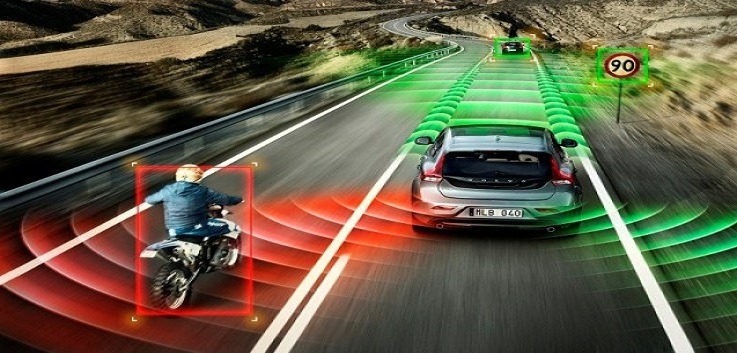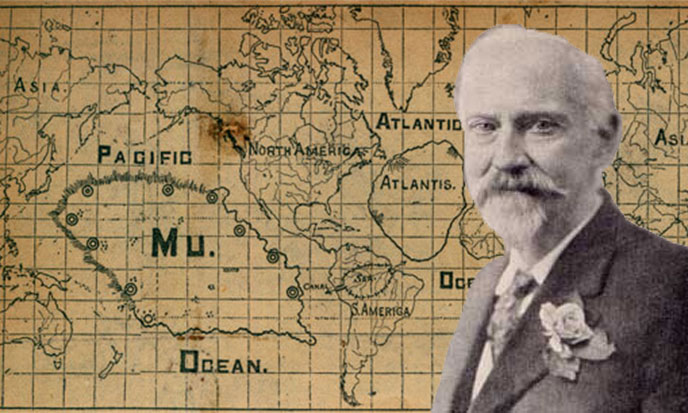The guy who draws on The Oatmeal took a ride in a autonomously Google car, the one that drives by itself. Perhaps it is a consequence of the fact that he made a pretty cool article about his own Tesla and owns technology passion.
Read, of course, what the man has to say, but you will not find too many notable elements: the car drives slowly and cautiously, and of course, in special situations doesn’t knows very well what to do, but it’s learning.
I do agree that autonomous cars could revolutionize an important aspect of our lives (driving) and we would give us many, many hours that we could spend more pleasant inside them.
Here’s how autonomous cars could help us individual:
• you could work or you can entertain inside them. we have 4G, tablets and laptops, why sit with your hands on the wheel and eyes on the road including in those big crowds in the city when you could do something else? In 2008, I refused to go to an interview for a job simply because it was in Pipera, in the round, and at that time took 2 hours going and 2 hours back. Part of the time we could regain.
• fewer accidents, fewer deaths. Minority Report, but for cars.
• you may want to take out some money from the ATM and can not find parking place. You tell the car to take two laps in the neighborhood and then pick you up. That is still not possible yet, autonomous cars don’t drive without a human in it, but it’s just a software option.
• tourist guides. The car rides you on a predetermined route through the city, you just look around.
• anyone could “drive”. The disabled, the elderly, those without permits – said it well even Matt.
• autonomous taxis, paying with the card.
• you can go home right after you drink.
And now here’s how autonomous cars could help the whole transport system:
• communicate with each other. If a car gets in a hole is transmitted to others to avoid it. An area of ice lead to informing all others. Disappear chain accidents (like the other day on DN1 and A2) and those caused by bad weather.
• communicating with each other, the machines can approach as much as possible. For example in traffic on a busy boulevard, the space between vehicles is about 50 cm. If cars talk to each other and use sensors to approach at just 2 cm when waiting at traffic lights, well, at 20 cars already means 9.6 meters won and other two cars passed the previous traffic lights because had room.
• smooth traffic. The big problems now are the high speed traffic to the amount that can allow a move without stopping (to prevent the accordion effect on highways or roads) and blocking intersections because the traffic lights are forced, two aspects that autonomous cars would completely avoid.
Perhaps at the beginning we’d decrease the speed, an autonomous car traveling at speed slightly lower, but we’d do something else at that time, a very good compromise. Then, it’s a critical mass in a number of autonomous vehicles up everything begins to function as an interconnected system and, as there are more and more such vehicles, the transport is safer, faster and more efficiently overall.
By the way, Google cars use a Velodyne lidar for detecting obstacles, like this, but with 64 rays. Autonomous car technology coupled with the electrical cars one, could transform the auto industry from a huge source of pollution and fatalities in one more clean for the modern society. I can bet that over 30-50 years we’ll drive like this.








